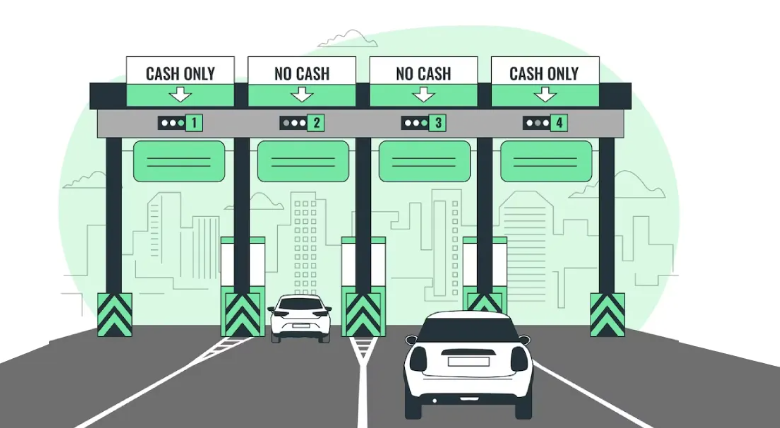Paytm FASTag users: In a recent announcement, the National Highways Authority of India (NHAI) has recommended that Paytm FASTag users transition to a new FASTag issued by a different bank before March 15. This guidance, issued by the Ministry of Road Transport & Highways, serves to shield users from penalties or double fee charges when traversing National Highways.
Understanding the Change
Following directives from the Reserve Bank of India (RBI) concerning restrictions on Paytm Payments Bank, Paytm FASTag users will lose the ability to recharge or top up their balances post March 15. Nonetheless, they can utilize their existing balance to cover toll charges beyond this date.
Where to Seek Assistance?
“For any further queries or assistance regarding Paytm FAST Tag, users are encouraged to reach out to their respective banks or consult the FAQs available on the Indian Highway Management Company Limited (IHMCL) website,” affirmed the Ministry.
NHAI’s Call to Action
NHAI stresses the importance for all Paytm FAST TAG users to proactively acquire a new FASTag from an alternative bank to ensure seamless travel across National Highways nationwide.
Banking Sector Response
In recent weeks, the central bank has directed the National Payments Corporation of India (NPCI) to devise alternative solutions for customers utilizing the Unified Payments Interface (UPI) of Paytm Payments Bank Ltd (PPBL). This measure aims to facilitate the smooth transition of ‘@paytm’ handles.
Preventive Measures Advised by RBI
The RBI has reiterated the need for holders of FASTags and National Common Mobility Cards (NCMC) issued by Paytm Payments Bank to make alternative arrangements before March 15, 2024, to avert any inconvenience.
The deadline set by NHAI and RBI to switch banks for Paytm FAST Tag users underscores the importance of proactive action. Ensuring a seamless transition will prevent potential penalties or service disruptions, thus guaranteeing uninterrupted travel on National Highways.
FAQs
Q1: What should Paytm FASTag users do before March 15? A: Paytm FAST Tag users are advised to procure a new FASTag from a different bank to avoid penalties.
Q2: Can Paytm FAST Tag users still use their existing balance after March 15? A: Yes, they can utilize their current balance for toll payments beyond the stipulated date.
Q3: Where can users seek assistance regarding Paytm FASTag? A: Users can contact their respective banks or refer to the FAQs on the IHMCL website for assistance.
Q4: Why is NHAI urging Paytm FAST Tag users to switch banks? A: NHAI aims to ensure smooth travel on National Highways and prevent penalties for users.
Q5: What alternative solutions are being provided for Paytm Payments Bank customers? A: The RBI and NPCI are working on alternative solutions to facilitate the migration of ‘@paytm’ handles.
